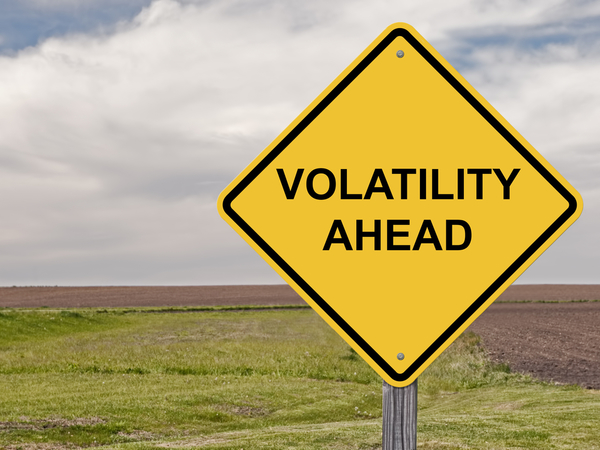Markets have been bouncing around this week, a sign that investors are still uncertain about how to move forward. Stocks closed down on Thursday after rebounding (sort of) on Wednesday after experiencing the biggest one-day decline in more than two years on Tuesday.
Much of this investor indecision is due to market observers waiting to see what the Federal Reserve will do next week about interest rates. The Fed has been aggressively raising interest rates to curb record-high inflation. Some analysts thought that the U.S. central bank may ease up — or at least continue its current trajectory. But when the CPI released its latest numbers, which showed that inflation ticked up in August, many fear that the Fed may raise rates as high as a full percentage point.
Many investors are unsure how to proceed until Fed Chairman Jerome Powell announces the decision.
In the meantime, markets will likely continue to be choppy. So, investors looking to get less whipsawed by volatile markets may want to consider the American Century Low Volatility ETF (LVOL ), which looks to track the market long-term while also offering less volatility, especially in downturns.
Benchmarked against the S&P 500, LVOL is an actively managed fund that seeks to offer lower volatility than the overall market by screening for asymmetric, or downside, volatility as well as investing in companies with strong, steady growth. It looks to reduce volatility both at the portfolio level and in its individual securities. The portfolio managers seek to balance returns with risk management by evaluating the individual securities and their place and performance within their sector and overall.
The fund’s managers use quantitative models to select securities with attractive fundamentals that they expect will provide returns that will reasonably track the market over the long term while seeking less volatility.
When the fund was launched last year, Ed Rosenberg, head of ETFs at American Century, said LVOL enables “a nimble approach that can adapt to quantitative insights and challenging market conditions.”
LVOL’s portfolio managers aim to deliver market returns in normal markets while losing less in drawdowns by correcting for the shortcomings of low-volatility indexes. “We’re emphasizing strong fundamentals in an effort to limit potential risk of speculative companies with questionable profits,” Rosenberg added. “We’re also expanding risk measures beyond volatility to capture other downside and balance sheet risks while focusing on volatility at the portfolio level as well as the individual stock level.”
LVOL has an expense ratio of 0.29%.
For more news, information, and strategy, visit the Core Strategies Channel.

